The selling prices of urea, potassium, NPK, and DAP fell to a two-year low in the first quarter, causing profits of many fertilizer businesses to plummet.
After a year of racing to set record profits, fertilizer companies are now facing many challenges as prices plummet. Since the beginning of the year, prices of many types of fertilizer have dropped by 30-50% compared to the same period last year.
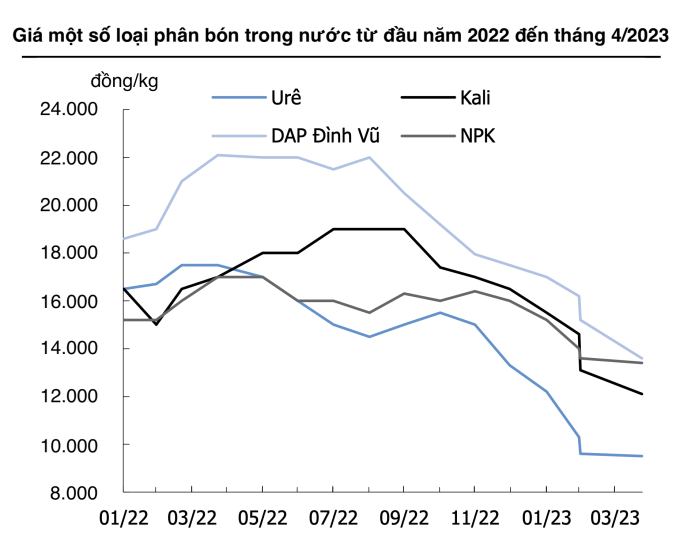
Source: KIS Vietnam
KIS Vietnam Securities cited data from Agromonitor - a unit specializing in analyzing and forecasting agricultural markets - saying that the price of urea fertilizer since April has fallen below 10,000 VND per kilogram, down nearly half compared to the same period last year. Potassium, NPK or DAP fertilizers also fell sharply by about 30%, respectively around 12,000-15,000 VND per kilogram. Thus, the main fertilizers used in cultivation have all fallen to their lowest levels in the past two years.
Following the fall in fertilizer prices, the business results of enterprises in the industry have also been seriously affected. Ca Mau Petroleum Fertilizer Joint Stock Company (Dam Ca Mau - DCM) had a profit after tax of nearly VND230 billion in the first quarter of the year, down nearly 85% and the lowest in the past two years. The above result was due to urea revenue - accounting for more than 80% of total revenue structure, down nearly 40% when selling prices plummeted.
The profit of PetroVietnam Fertilizer and Chemicals Corporation (Dam Phu My - DPM) decreased more severely, recording only over 260 billion VND, 8 times lower than the same period. The main reason was the 44% decrease in urea fertilizer price compared to the same period.
For smaller-cap companies such as Binh Dien Fertilizer (BFC) and Ha Bac Nitrogenous Fertilizer and Chemicals (DHB), business results weakened even more severely. Binh Dien Fertilizer lost more than VND40 billion, while in the same period it made a profit of more than VND86 billion. Ha Bac Nitrogenous Fertilizer lost up to VND130 billion, a sharp decrease compared to the positive profit of VND870 billion in the first quarter of 2022.
Gas and oil prices have a strong impact on fertilizer production costs because gas prices account for about 80-90% of the cost of ammonia production - an important input for urea production. According to the Vietnam Fertilizer Association, since the end of 2022, oil and gas prices have not increased and the world is facing a recession in many important markets, causing fertilizer prices, especially urea, to continuously decrease. Low demand also has a major impact on price movements. Early last year, fertilizer prices rose too high, exceeding farmers' tolerance, causing consumption to decline. On the other hand, in recent months, China has begun to open up and remove export restrictions on 29 types of fertilizers, helping to reduce supply shortages in the world market.
The analysis team of Vietcombank Securities (VCBS) believes that domestic fertilizer prices have also decreased in line with the world market. In addition to the weakening demand from farmers, the fact that agents are holding back on importing goods due to concerns about further price declines has also caused the market's absorption capacity to decrease. In addition, fertilizer imports have increased while domestic factories and agents still have a lot of inventory, so the market is under pressure from oversupply.
A series of recent reports on the agricultural sector have predicted that fertilizer prices will fall sharply this year. According to VNDirect, the fall in the price of natural gas, which is the main input material for fertilizer production, will cause prices of these commodities to fall as well.
Despite the decline, VCBS still notes that fertilizer prices may remain at a high base level as domestic urea consumption is forecast to recover by 12-16% this year as prices cool down. In addition, favorable weather conditions in the first half of the year have supported agricultural activities, encouraging people to increase their cultivation area, leading to increased demand for fertilizers. In particular, Vietnam's rice exports are benefiting, which will be a major driving force.
Siddhartha
Source link


![[Photo] Prime Minister Pham Minh Chinh receives CEO of Standard Chartered Group](https://vstatic.vietnam.vn/vietnam/resource/IMAGE/2025/4/2/125507ba412d4ebfb091fa7ddb936b3b)
![[Photo] Special relics at the Vietnam Military History Museum associated with the heroic April 30th](https://vstatic.vietnam.vn/vietnam/resource/IMAGE/2025/4/3/a49d65b17b804e398de42bc2caba8368)


![[Photo] Comrade Khamtay Siphandone - a leader who contributed to fostering Vietnam-Laos relations](https://vstatic.vietnam.vn/vietnam/resource/IMAGE/2025/4/3/3d83ed2d26e2426fabd41862661dfff2)
![[Photo] Prime Minister Pham Minh Chinh receives Deputy Prime Minister of the Republic of Belarus Anatoly Sivak](https://vstatic.vietnam.vn/vietnam/resource/IMAGE/2025/4/2/79cdb685820a45868602e2fa576977a0)
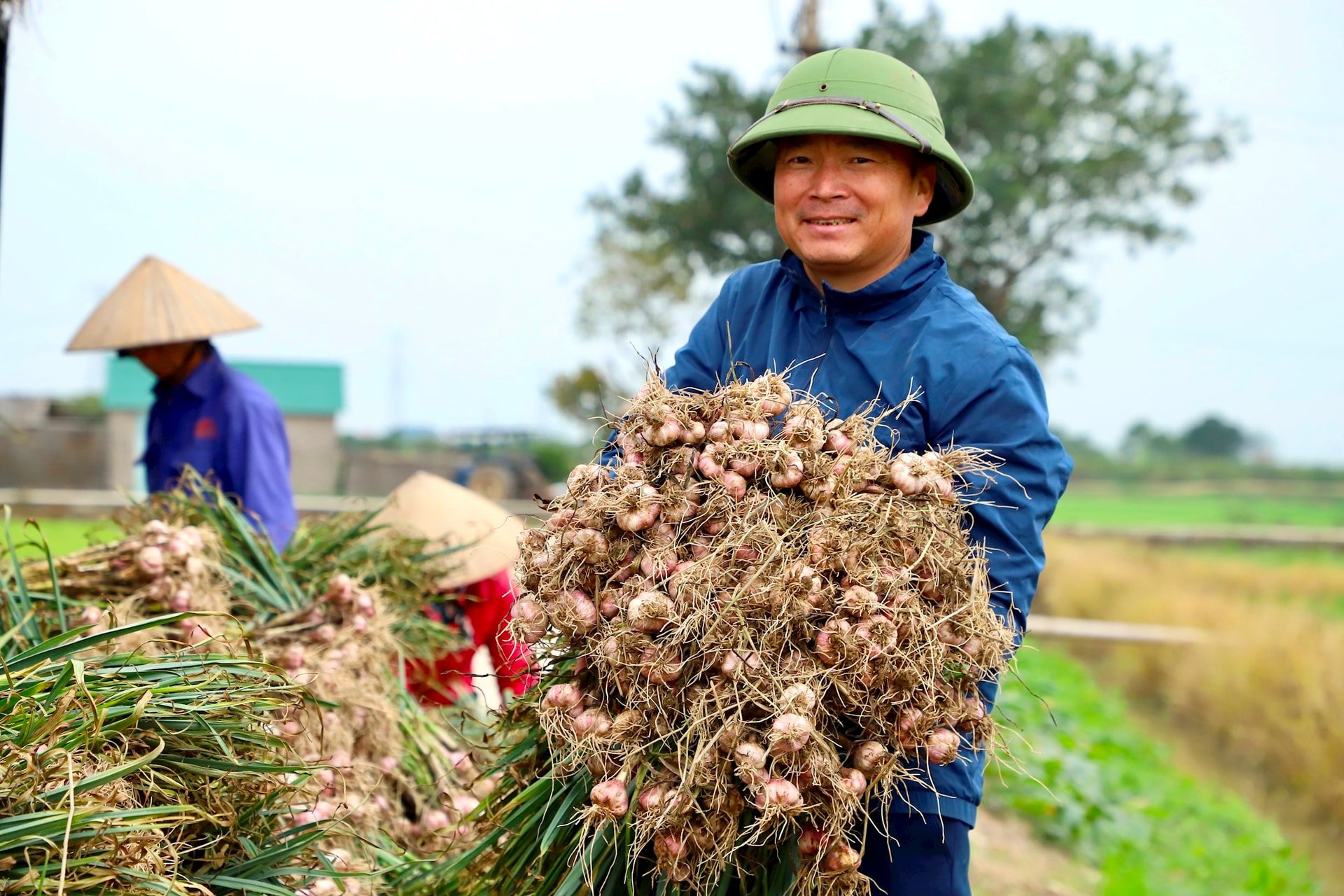









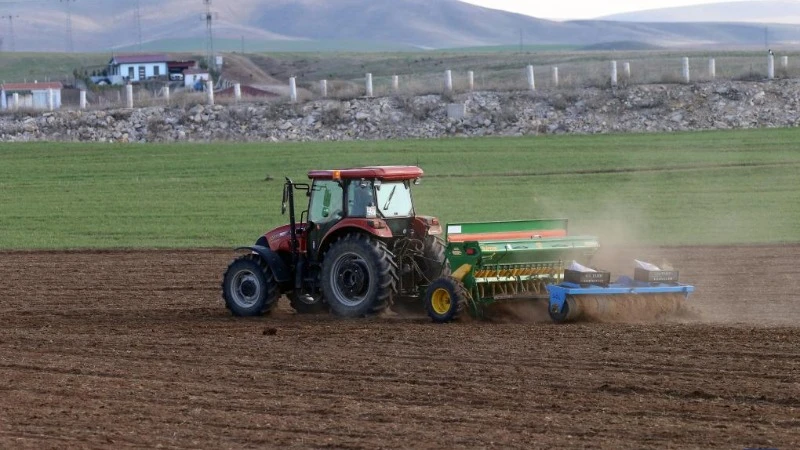

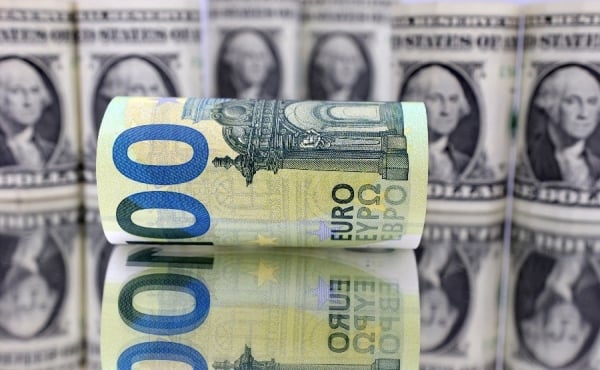


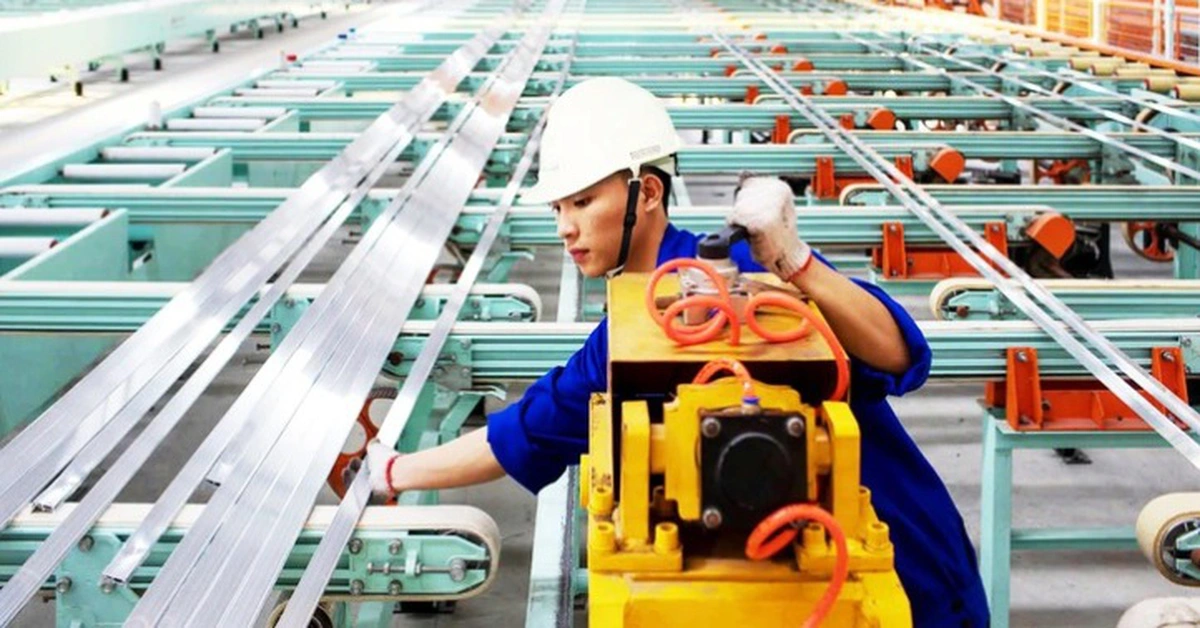









































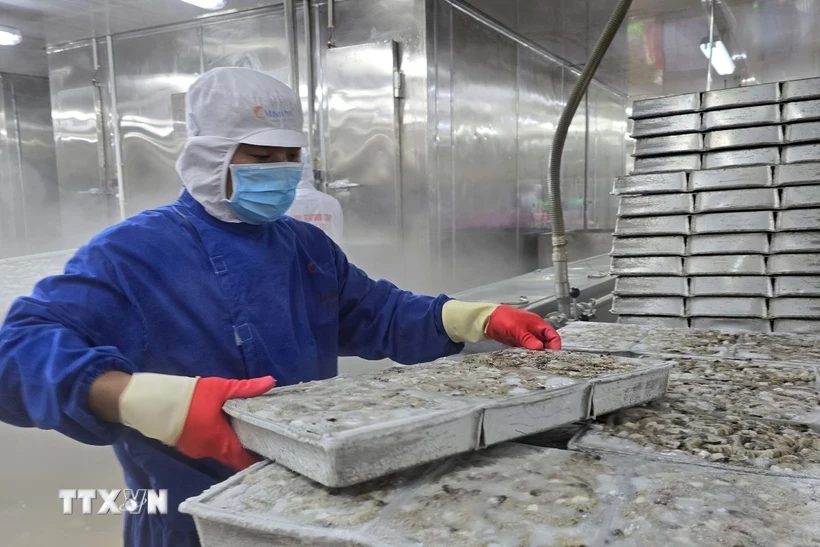


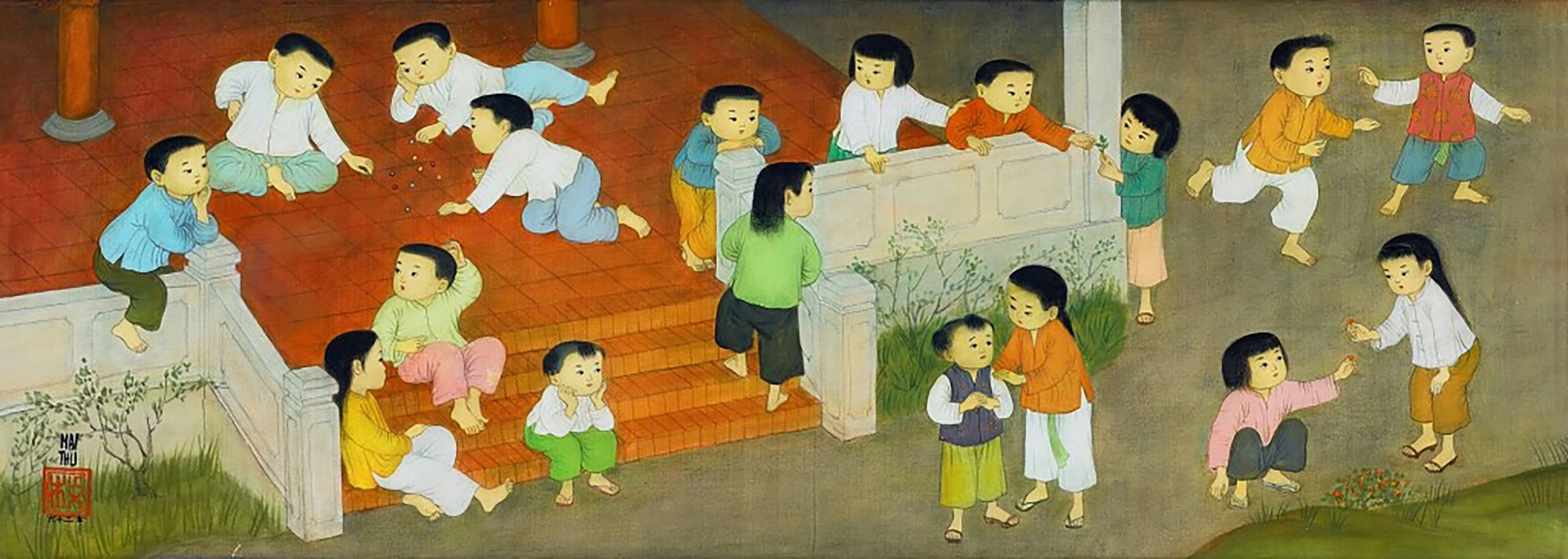















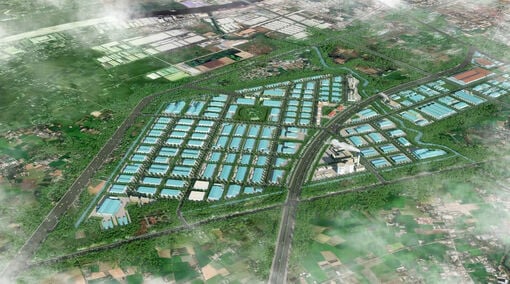

















Comment (0)